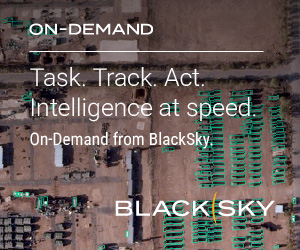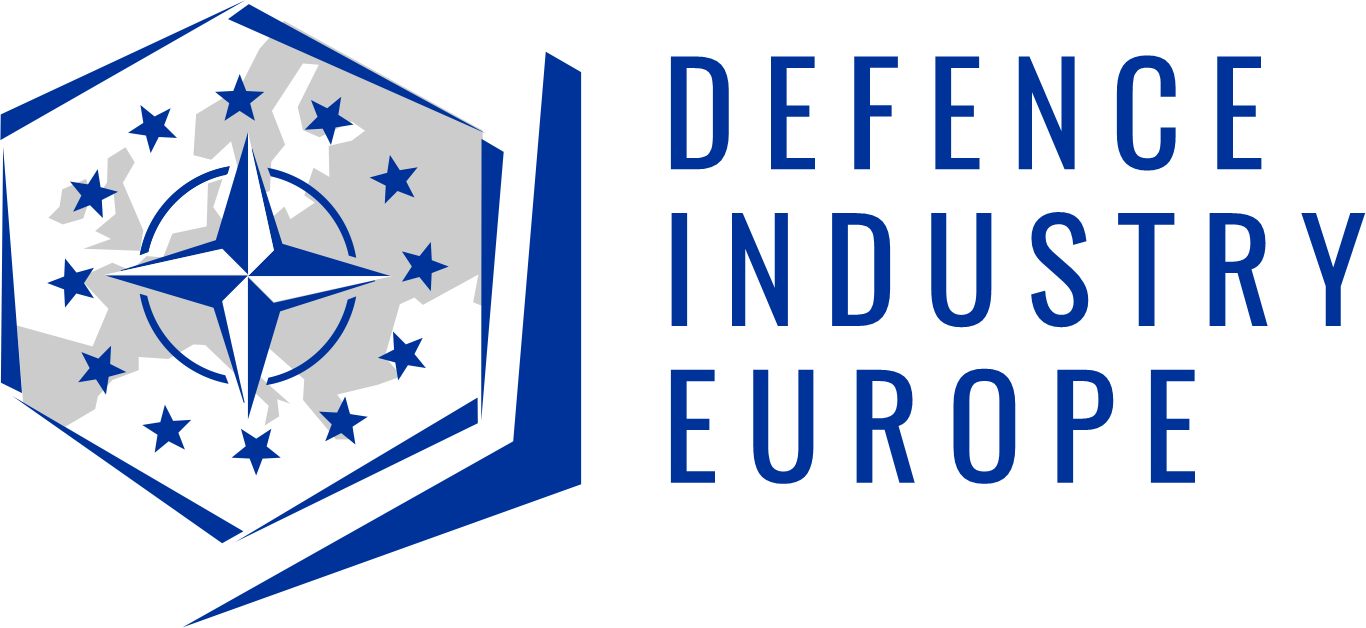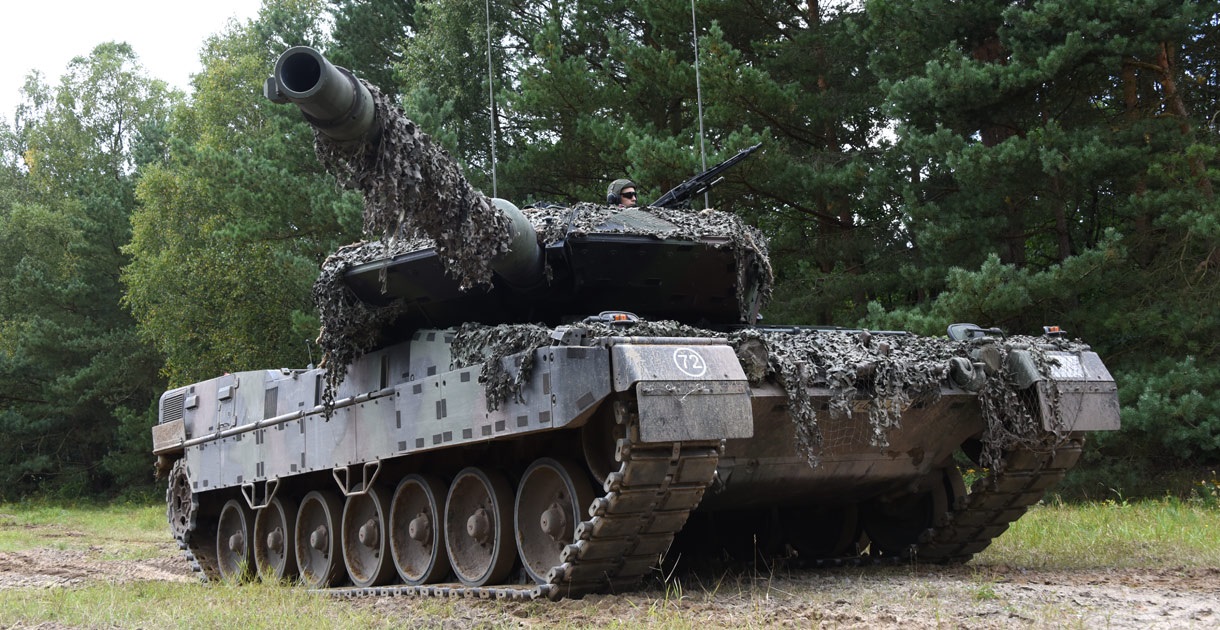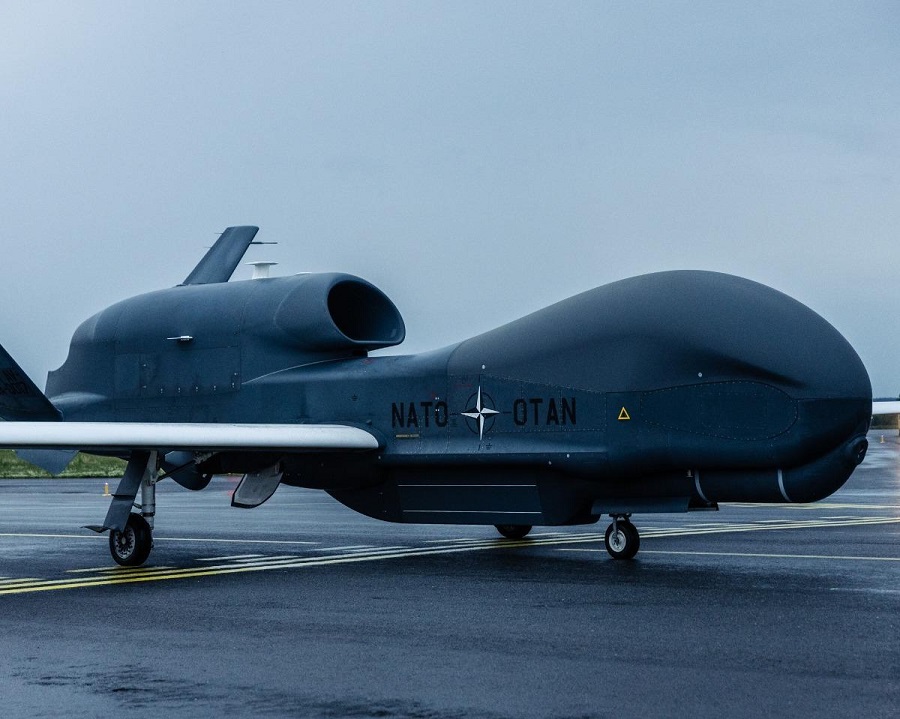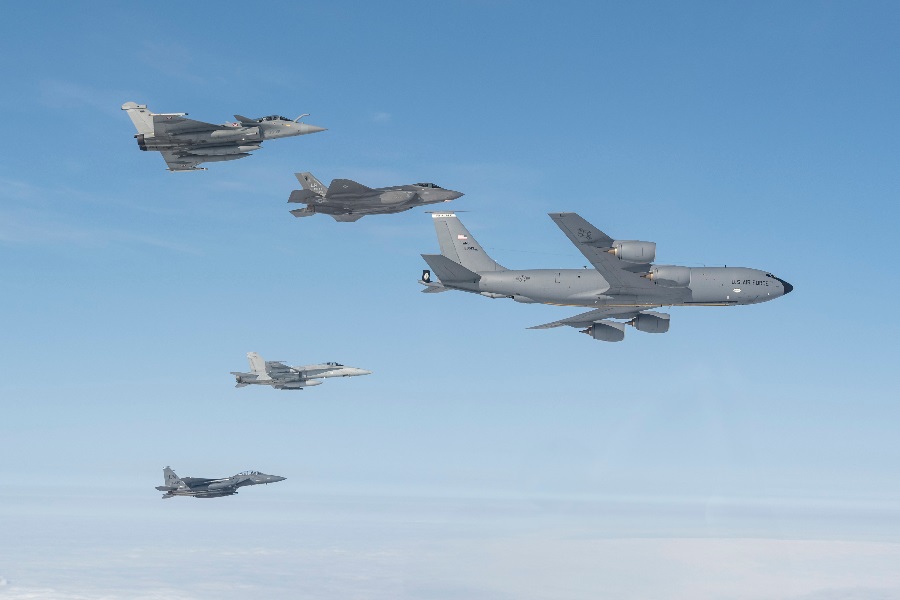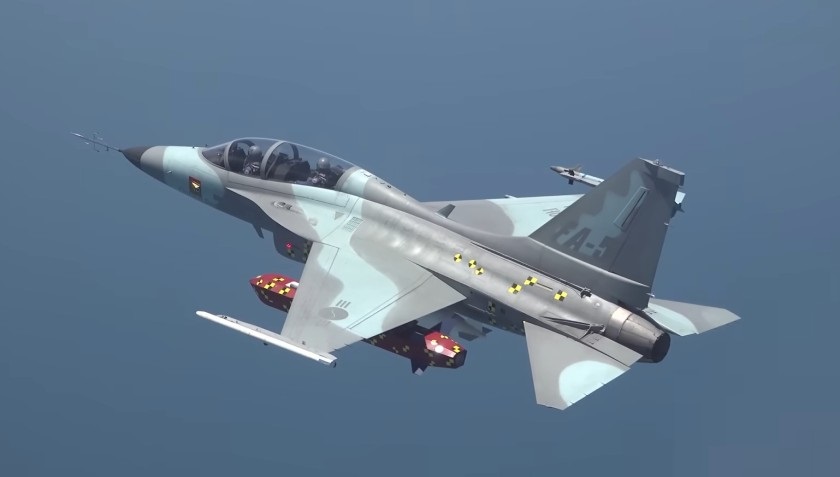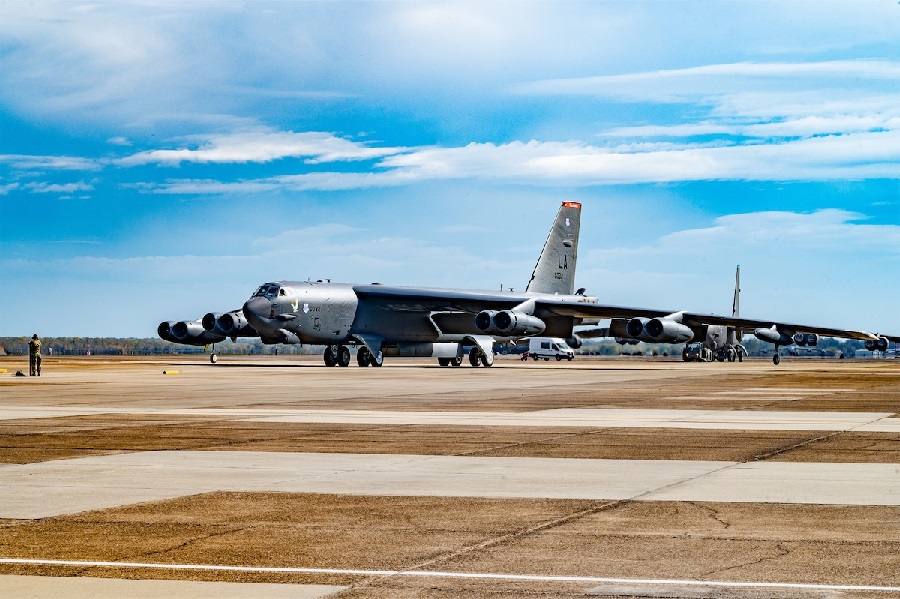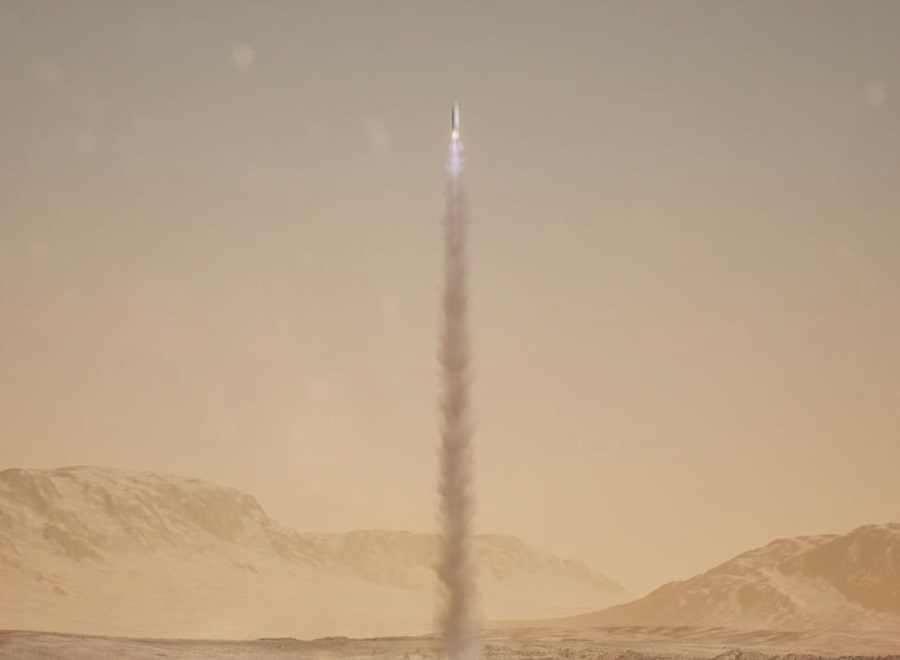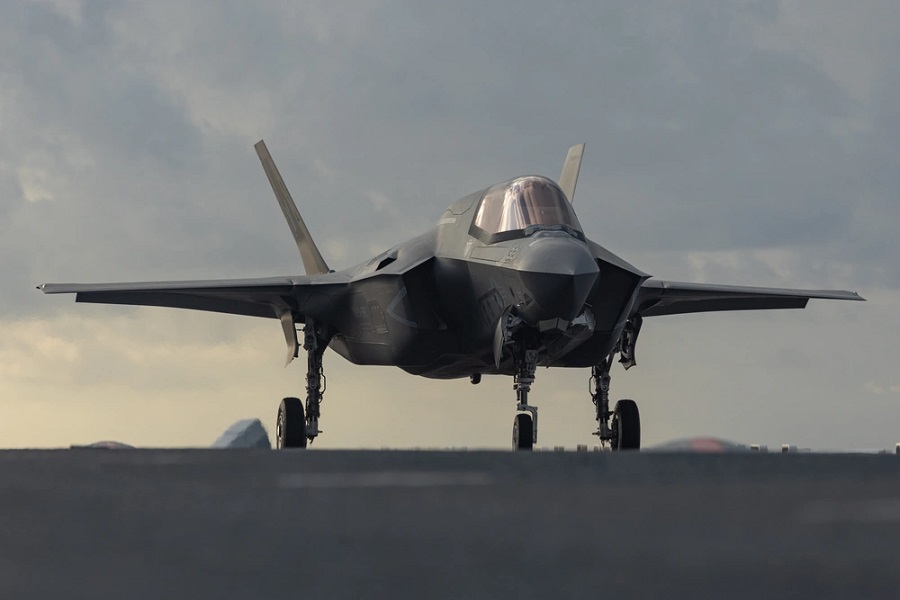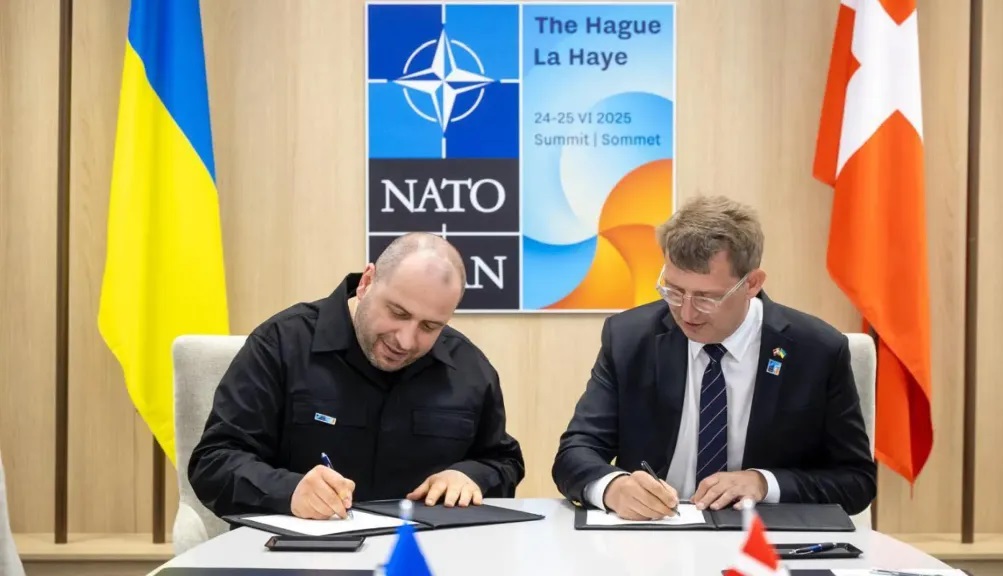KNDS Deutschland, formerly known as Krauss-Maffei Wegmann, has taken over an Alstom factory in Görlitz, previously used to manufacture railway carriages. The site will now produce components for armoured combat vehicles, including Leopard 2 tanks and Puma infantry fighting vehicles.
Although the plant was effectively shut down by Alstom, KNDS Deutschland has pledged to retain around 350 of the current 700 jobs. For the company, this also represents a direct workforce increase of 350 employees.
The trend is not limited to KNDS. Since 2022, the four largest German defence firms — Rheinmetall AG, Diehl Defence, thyssenkrupp Marine Systems and MBDA Deutschland — have grown their workforce by over 40%, adding more than 16,500 employees.
By the end of 2026, an additional 12,000 positions are expected to be created across these firms as they further boost production capabilities. This includes acquisitions of new facilities, such as Rheinmetall’s planned purchase of a Volkswagen plant in Osnabrück.
In partnership with Hensoldt, Rheinmetall also intends to employ approximately 300 workers laid off from automotive suppliers Continental and Bosch, who have been impacted by the downturn in the European car industry. These developments illustrate a broader trend of workforce transition from civilian to military production.
The defence sector’s expansion is directly tied to the war in Ukraine, which has caused an unprecedented surge in demand for weapons, ammunition, and military gear.
Germany’s defence budget has risen by roughly 80% compared to 2020, a significant increase that reflects the urgency of the current security climate. However, even this rise may not be enough to fully address all critical defence needs.
Source: Financial Times.

